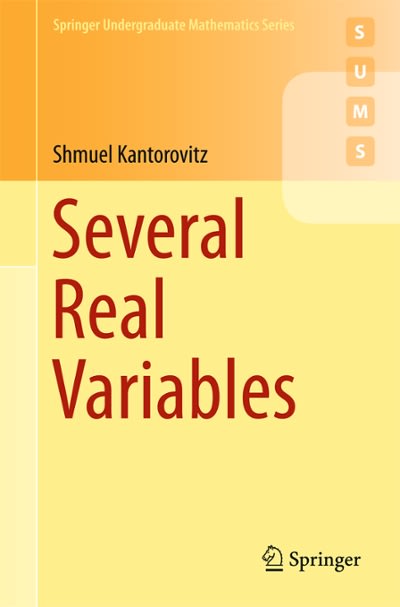Question
Testing Assumptions Group Statistics review N Mean Std. Deviation Std. Error Mean final No 35 61.57 6.016 1.017 Yes 70 64.64 6.980 .834 Independent Samples
Testing Assumptions
Group Statistics | |||||
review | N | Mean | Std. Deviation | Std. Error Mean | |
final | No | 35 | 61.57 | 6.016 | 1.017 |
Yes | 70 | 64.64 | 6.980 | .834 |
Independent Samples Test | ||||||||||
Levene's Test for Equality of Variances | t-test for Equality of Means | |||||||||
F | Sig. | t | df | Sig. (2-tailed) | Mean Difference | Std. Error Difference | 95% Confidence Interval of the Difference | |||
Lower | Upper | |||||||||
final | Equal variances assumed | 2.024 | .158 | -2.222 | 103 | .028 | -3.071 | 1.382 | -5.813 | -.330 |
Equal variances not assumed | -2.335 | 77.807 | .022 | -3.071 | 1.315 | -5.690 | -.453 |
Report the means and standard deviations for each group. State the results of the t-test using the "Assume equal variances" row. Interpret the statistical results against the null hypothesis and state whether it is rejected or not rejected.
Step 1: Write Section 1 of the DAA:The Data Analysis Plan
- Name the variables used in this analysis and whether they are categorical or continuous.
- State a research question, null hypothesis, and alternate hypothesis for the independent samples t-test.
Step 2: Write Section 2 of the DAA:Testing Assumptions
Test for one of the assumptions ofttests - homogeneity of variance.
- Create SPSS output showing the Levene's Test for Equality Variances. Run the Levene's test on the dependent variable test for the entire sample. Do not split the data up by review session before running the homogeneity test.
- Paste the table in the DAA.
- Interpret the Levene's test.
Step 3: Write Section 3 of the DAA:Results and Interpretation
Paste the SPSS output of thettest. Below the output:
- Report the means and standard deviations for each group.
- State the results of the t-test using the "Assume equal variances" row.
- Interpret the statistical results against the null hypothesis and state whether it isrejected or not rejected.
Step 4: Write Section 4 of the DAA:Statistical Conclusions
- Provide a brief summary of your analysis and the conclusions drawn about thisttest.
- Analyze the limitations of the statistical test and/or possible alternative explanations for your results.
Step 5: Write Section 5 of the DAA:Application
Analyze how you might use the independent samplesttest in your field of study.
- Name an independent variable and dependent variable that would work for such an analysis and why studying it may be important to the field or practice.
Step by Step Solution
There are 3 Steps involved in it
Step: 1

Get Instant Access to Expert-Tailored Solutions
See step-by-step solutions with expert insights and AI powered tools for academic success
Step: 2

Step: 3

Ace Your Homework with AI
Get the answers you need in no time with our AI-driven, step-by-step assistance
Get Started


